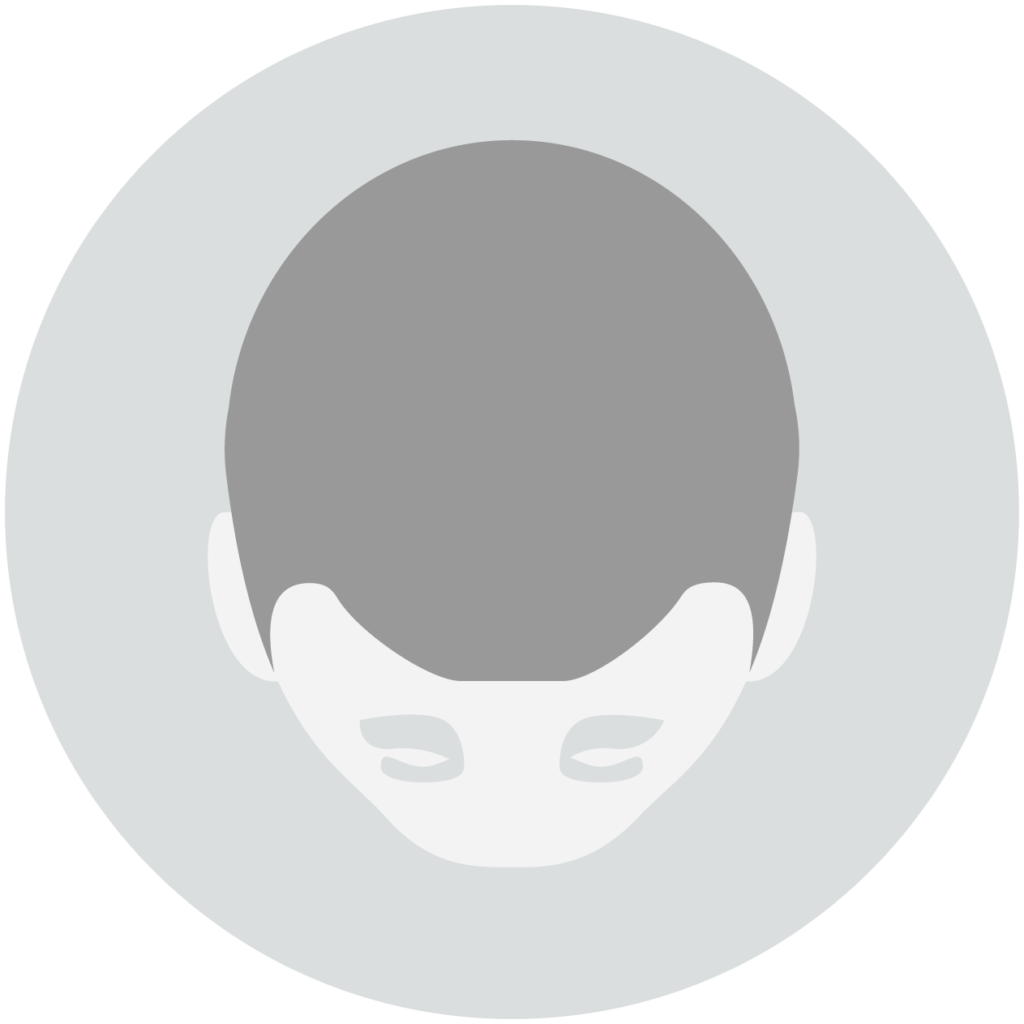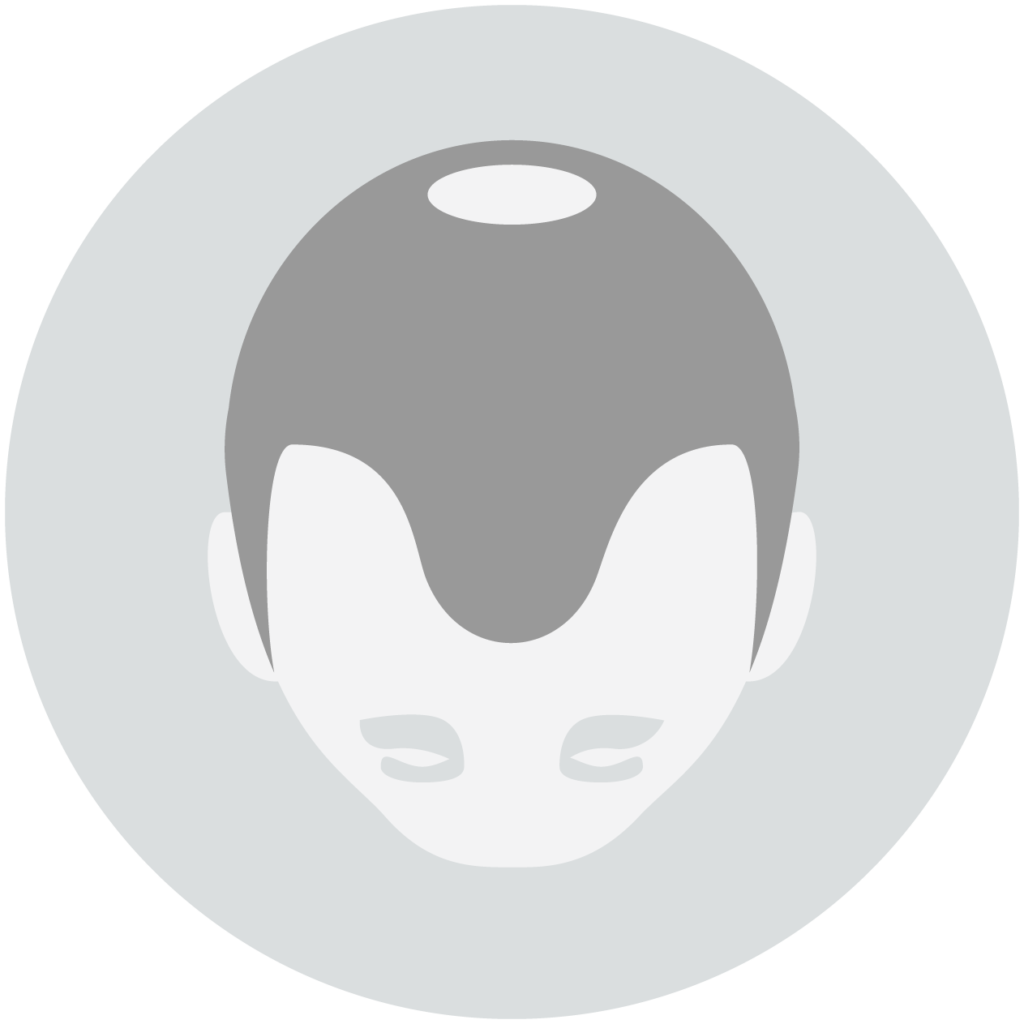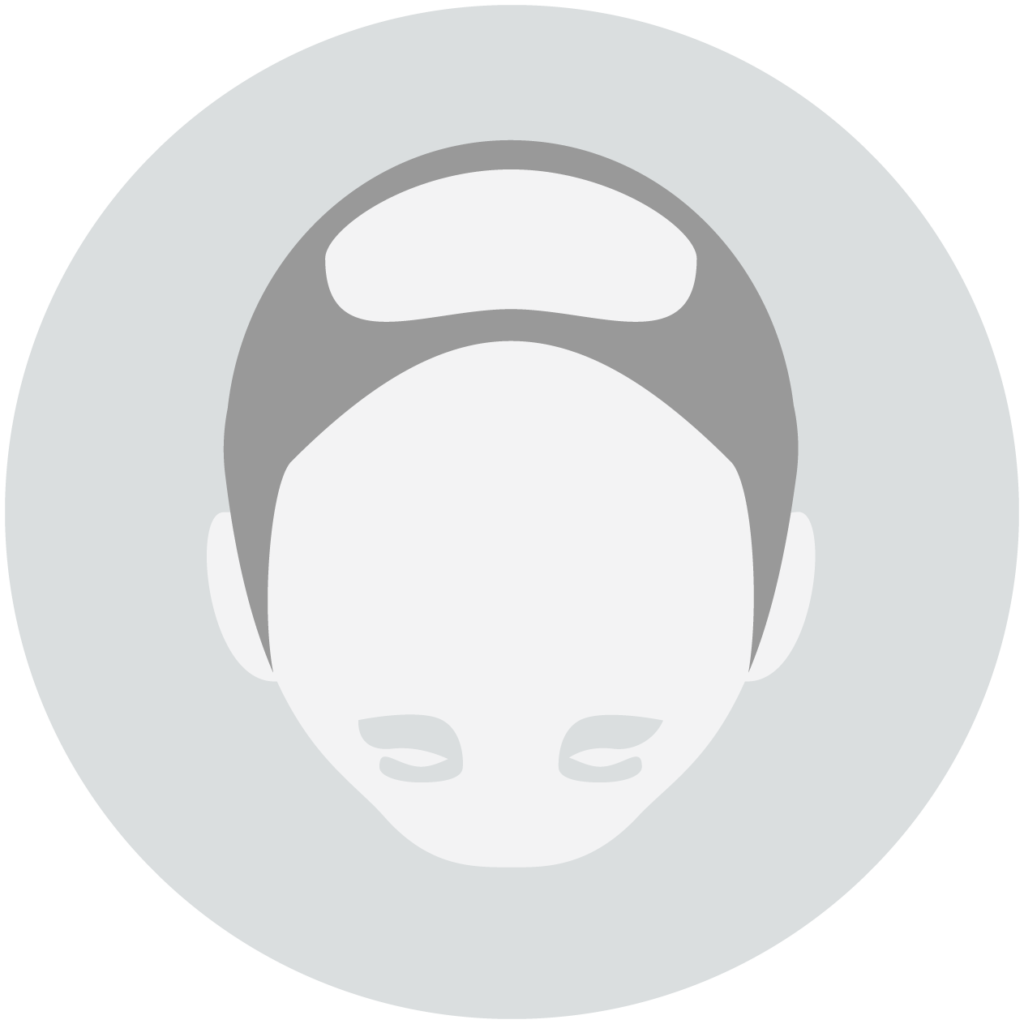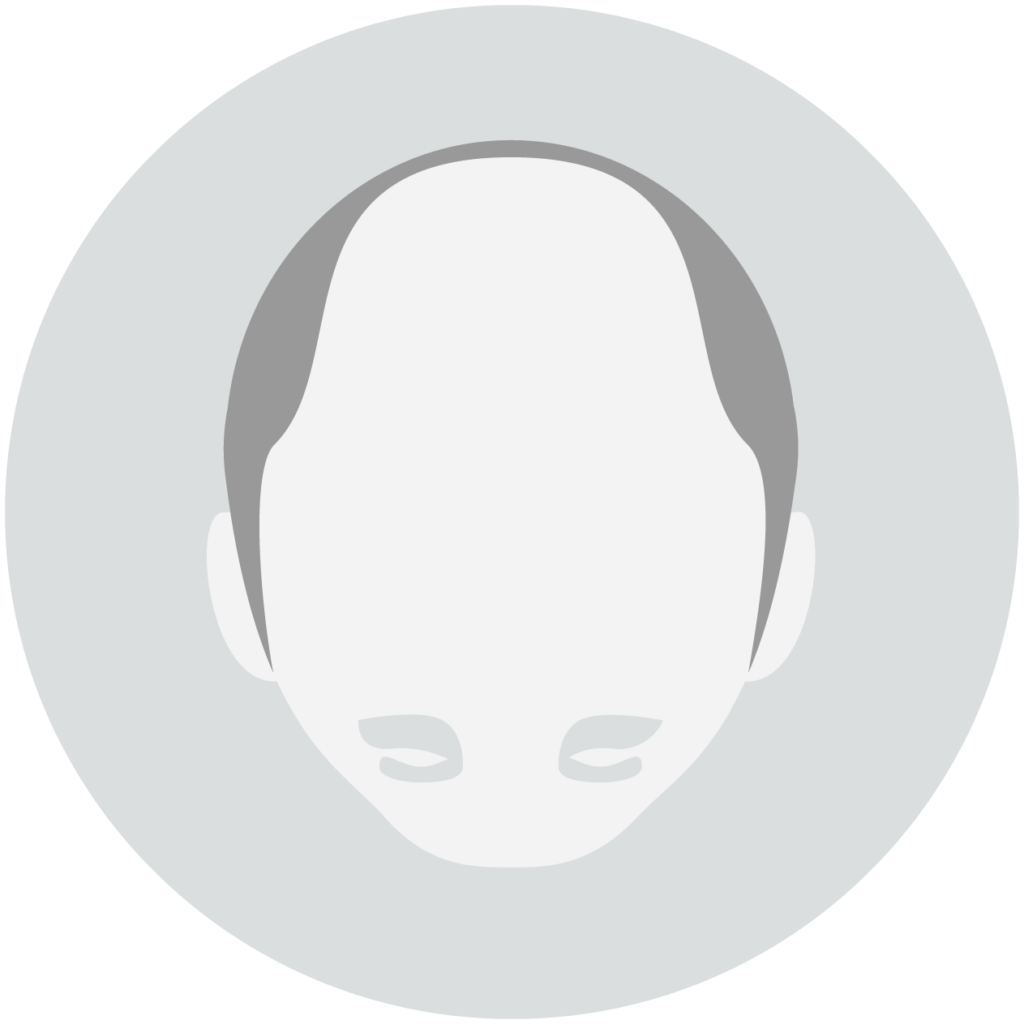Causes Of Men’s Hair Loss
- Home
- Hair Restoration for Men
- Causes Of Men’s Hair Loss
Hormones and Hair Loss
Hereditary men’s hair loss is known as androgenetic alopecia, and is most often caused by DHT hormones preying on weak or susceptible hair follicles. Understand that, typically, hair goes through a routine cycle of growth (called the anagen phase) followed by a resting phase (the telogen phase). With prolonged exposure to DHT hormones, however, hair follicles may begin to spend less and less time growing and more and more time resting. The follicles themselves become smaller, in a process called miniaturization, and start producing smaller hair shafts—eventually reaching a point where no hair is produced at all.
Some follicles are weaker against DHT than others. These follicles tend to be at the top and front of the scalp, which is why hereditary hair loss often begins with men having an “M” shape of hair on their head. That is to say, as the follicles miniaturize to the point where baldness becomes noticeable, it tends to begin with a receding hair line and then thinning around the temples. A wreath of hair is often left around the back and sides of the head, in an area where follicles tend to be quite strong and resilient against DHT.
The Genetics Of Hair Loss
Male pattern baldness, as described above, is far and away the most common source of hair loss in men, and it has a strong hereditary component. In fact, it can be passed down from either parent. The genes that cause male pattern baldness have not been fully identified, but it is believed that multiple genes are involved in the process. It is also suspected by scientists that not everyone who has these genes necessarily goes bald; that these genes must be “activated,” in a sense.
DHT, the hormone mentioned above, may play some role in this activation. DHT is a derivative of testosterone, which is why it is uniquely associated with hair loss in men. DHT binds to susceptible follicles and leads to the miniaturization effect, which produces the visible effects of baldness—rooted in genetics, but potentially triggered by hormones. Note that DHT exposure must be ongoing for it to cause hair loss, which is why male pattern baldness typically manifests in men who have passed a certain age—and the likelihood of hair loss increases as the man grows older.







Other Causes Of Hair Loss
Of course, there are other factors that can contribute to hair loss, as well. Scalp infections, including ringworm, can lead to patchy hair loss. Skin disorders that cause permanent scaring on the scalp may also contribute to hair loss. Hair-pulling disorders, like trichotillomania, are a result of stress, and can actually cause a person to either pull out or chew on hair, possibly causing lasting scalp damage.
There are various medical causes of hair loss, including many medications that are administered for cancer, arthritis, heart disease, and more. Radiation therapy can certainly be an impetus for hair loss. Additionally, and although it is uncommon, a traumatic event can sometimes place so much stress on the body that it spurs hair loss to occur.
Ultimately, whatever the reason for hair loss, there are solutions available to address it, and to restore your healthy head of hair. That’s where MHN Hair Restoration comes in. For more than 50 years MHN has delivered advanced hair restoration solutions to men and women alike, and we believe that we have something available to help you combat the effects of hair loss. To learn more, reach out to us today, or visit MHN at our Queens location for a free consultation.
